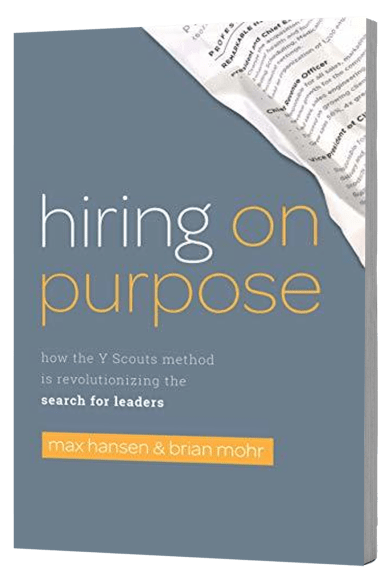Organizational culture plays a significant role in turnover among employees at all levels of an organization, but management turnover casts a dim light on the reputation of your organization and its organizational culture. While there are myriad reasons why employees leave their jobs, we would like to believe that when a member of the leadership team leaves, it’s because they’ve explored every possible solution to resolving their dissatisfaction with the job and the organization.
After all, an employee leaves a job — when a leader quits (or is asked to resign), they might be leaving a career. In other words, losing a leader may reflect poorly on the organization, and it’s likely the organizational culture that compels someone to quit a leadership position or simply doesn’t support the executive staying in the role.
Table of Contents
ToggleReasons for High Turnover in Executive Ranks
Forbes contributor Cassandra Frangos attributes leadership turnover to factors that have less to do with actual job demands and more to do with whether the leader is beholden to the organization’s investors and board of directors. This responsibility that executives have to multiple stakeholders can be summed up in three key competencies:
- commitment to one’s moral compass
- agility in leading and managing organizational change
- the ability to make that proverbial cultural fit
When one or more of these competencies are compromised or otherwise impossible to execute, the leader’s tenure may be cut short, voluntarily or involuntarily.
Tangible and Intangible Costs of Executive Turnover
Turnover is costly regardless of the employee’s position, but the cost of leadership turnover is even greater — and it’s not just because of the high compensation. HSD Metrics, a firm that develops employee viewpoint surveys and questionnaires, factors into turnover cost total compensation, turnover rate, average salaries for the organization, time to backfill the vacated position and new leadership ramp-up time. In addition, lost revenue and client base factor into the tangible costs of turnover, as well as severance pay and benefits continuation.
Leadership turnover may impact revenue, client base and even employee retention, particularly with the departure of a high-profile executive.
Intangible costs may include employee morale and engagement, and staff productivity, depending on the circumstances of the leader’s departure and the organizational message that accompanies their departure. For example, if your organizational culture has suffered as a result of ineffective leadership, these intangible costs could actually be minimal, provided you control the messaging to assure both employees and customers that the executive’s departure enables the organization’s positive movement in the right direction.
Messaging to Preserve Organizational Culture
High-turnover industries and organizations do not foster long-term relationships — not just among the leadership team, but throughout all ranks of employees within the organization. Employees either do not develop the types of collaborative relationships that support the organization’s principles and mission, or their motivation for staying with the company is extrinsic at best.
Resetting the organizational culture to support long-term relationships is entirely possible, however, with the correct messaging delivered by the right people. For this very reason, Y Scouts’ approach to hiring on purpose is critical for your organization. Retaining executives and managers with organization culture fluency is essential if you want your organization to support long-term, collegial and collaborative working relationships.
Hiring on Purpose, the Y Scouts Way
Organizations talk about cultural fit and selecting candidates who demonstrate their qualifications, but your organization needs more than average qualifications from those you bring on board. Aligning your organizational brand with an executive candidate whom you empower to build, rebuild and lead your staff and leaders is the hire on purpose approach.
Y Scouts knows the typically transactional nature of hiring doesn’t work. Our approach radically distinguishes us from search and placement firms, from our Organizational DNA Assessment to achieving outcomes through our tailored Role Visioning Exercise, Opportunity Profile and Finalist Presentation. Our success is your success, and since 2014, we have addressed the nuances that lead to turnover through our proven, multi-faceted approach to engaging the purpose-aligned, performance-proven leaders your organization deserves.
Sourcing potential leaders who look good on paper doesn’t guarantee you will find the candidate whose personal and professional interests align with your organization’s mission. In looking at the reasons why executives leave lucrative roles — relying on their moral compass to support ethical decisions, managing organizational change with agility, and becoming the complementary fit to organizational culture — the next executive or director your company retains should be a Y Scouts purpose-aligned and performance-proven leader.
Ready to see how the Y Scouts approach can help take your business to the next level? Reach out today!





